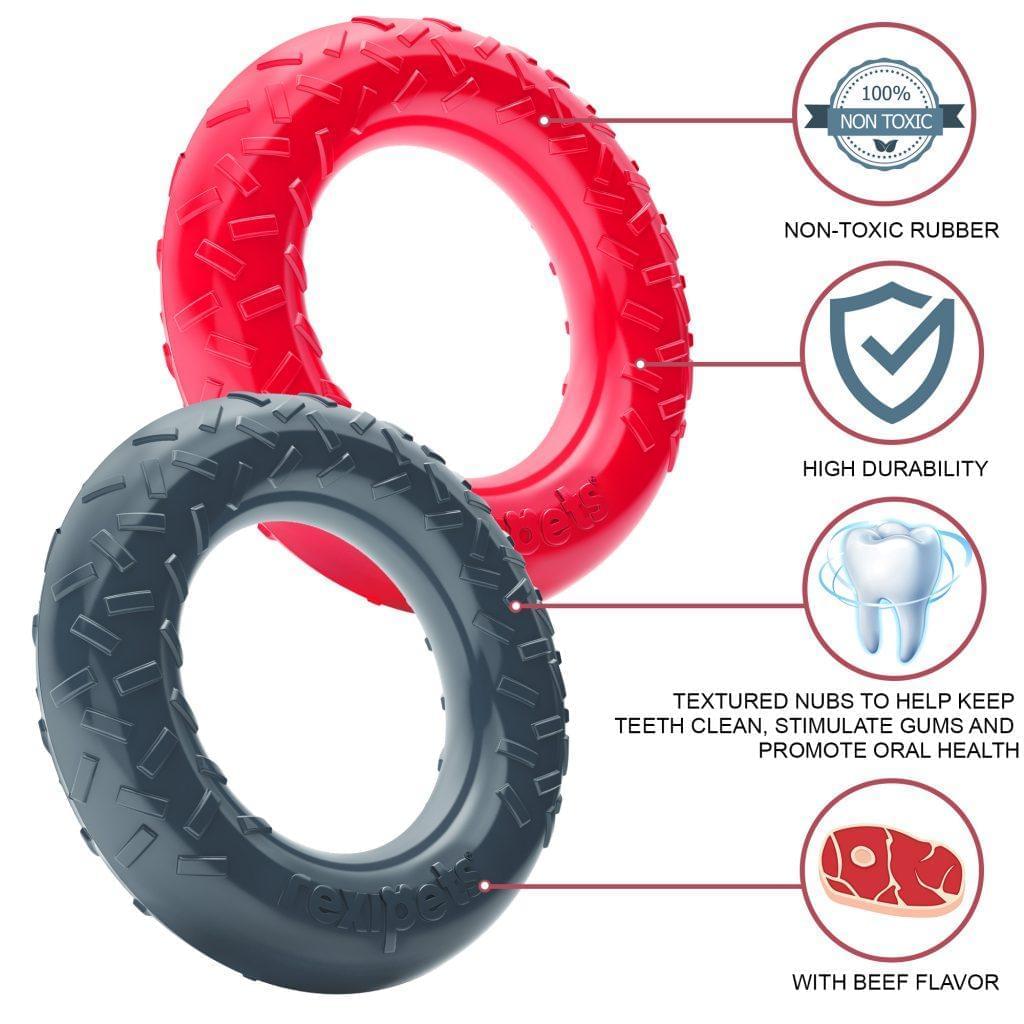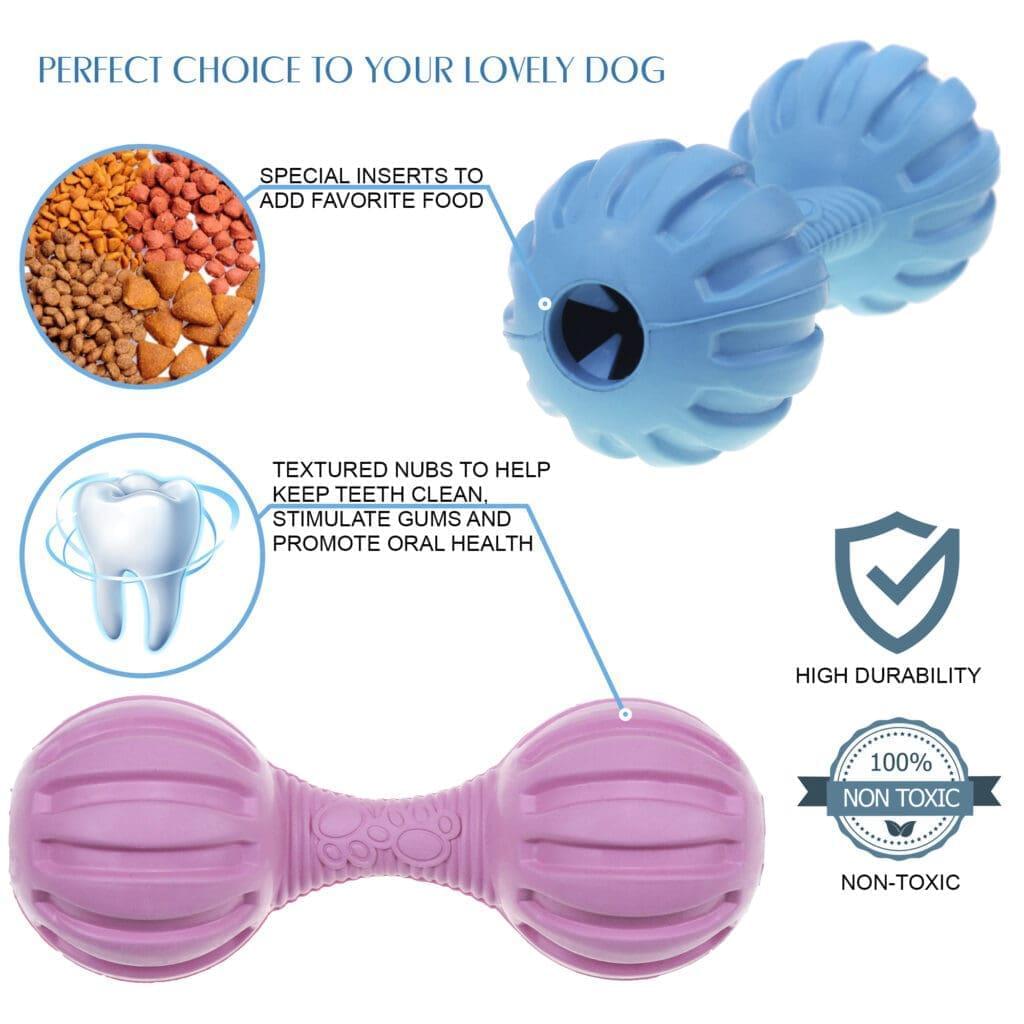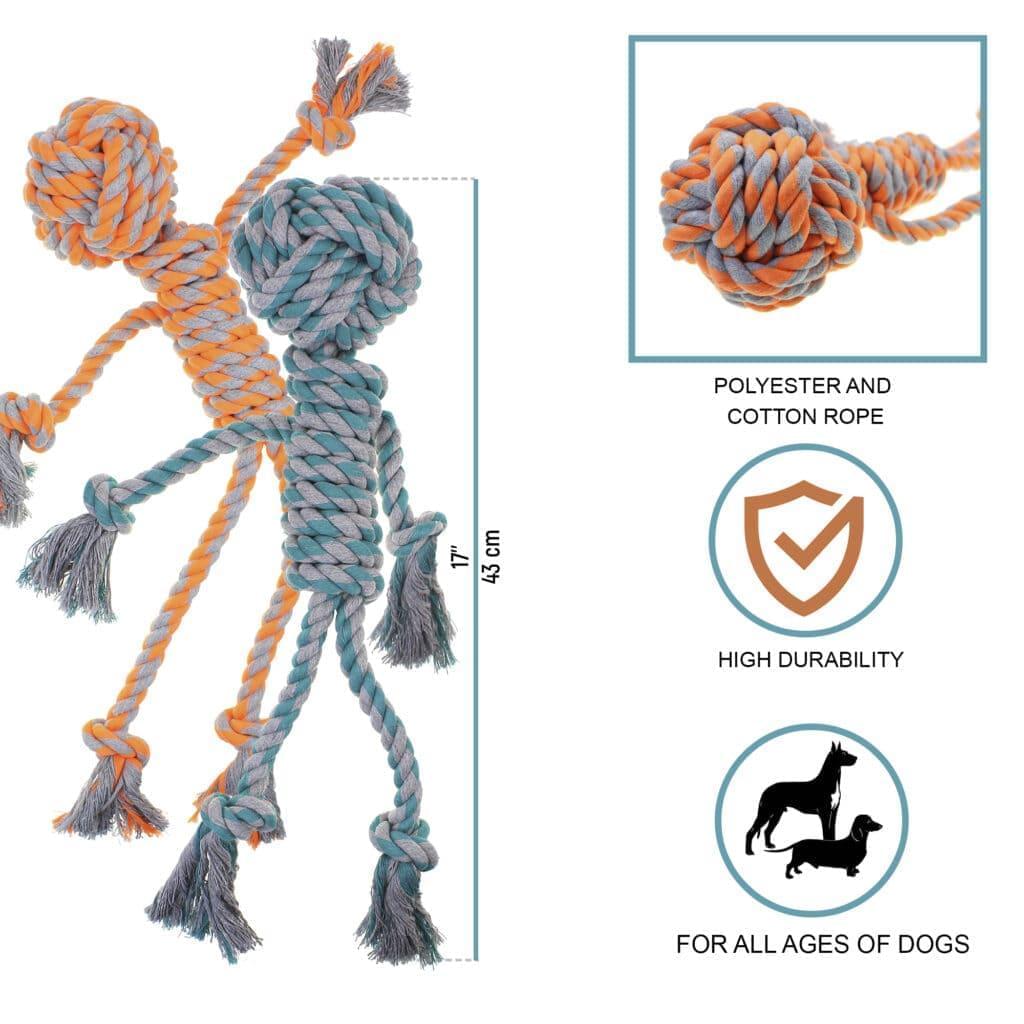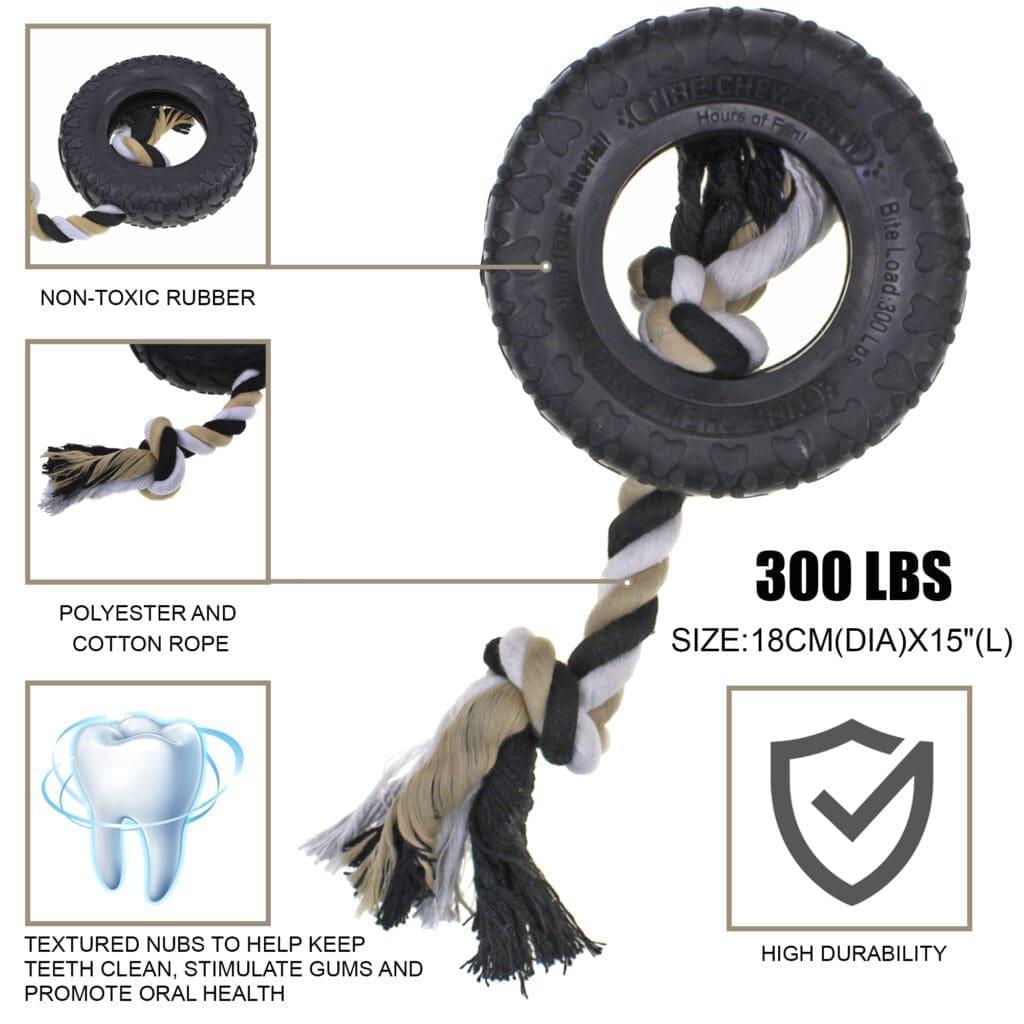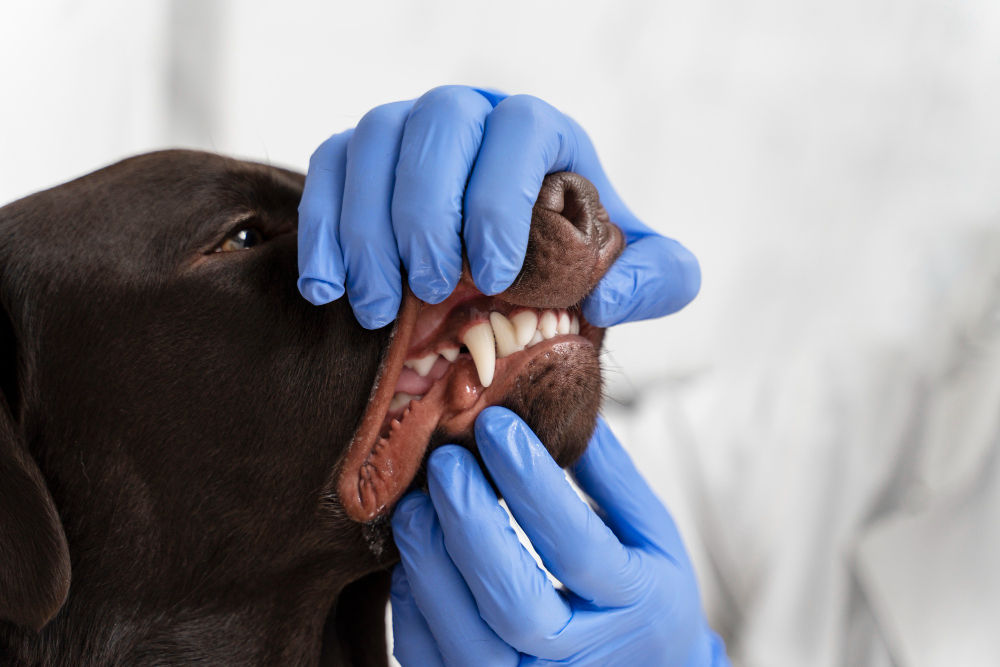
When we think about our dogs' health, we often focus on their shiny white teeth. But there's more to it than that. Have you ever looked at your dog's gums and wondered why they are not as bright as normal gums in dogs?
Well, gums can give us an insight into your dog's health. These pink tissues in their mouths tell us a lot about how they feel inside.
When a dog's gums look pale, it's a sign that something might be seriously wrong with their health. It's a sign that shouldn't be ignored and must be looked into with all seriousness.
Today, we'll discuss what pale gums look like in a dog, why dogs might have pale pink gums, and what you can do about it.
All of us want our furry friend to stay happy and healthy, so let's explore the reasons behind pale gums in dogs and how you can deal with them.
What Do Pale Gums Look Like In A Dog?

When a dog's gums are pale, they look different from the usual healthy pink color. They might be white or very light pink, and sometimes, they appear slightly grayish. This color change is extremely important to notice because it can mean something is wrong with your dog's health.
Pale gums can indicate various health issues like anemia, shock, blood clotting problems, heart disease, dehydration, or even parasites.
When you notice your dog has pale gums, it's crucial to take them to the vet to figure out what exactly is going on and get the right treatment immediately.
How To Check A Dog's Gums?
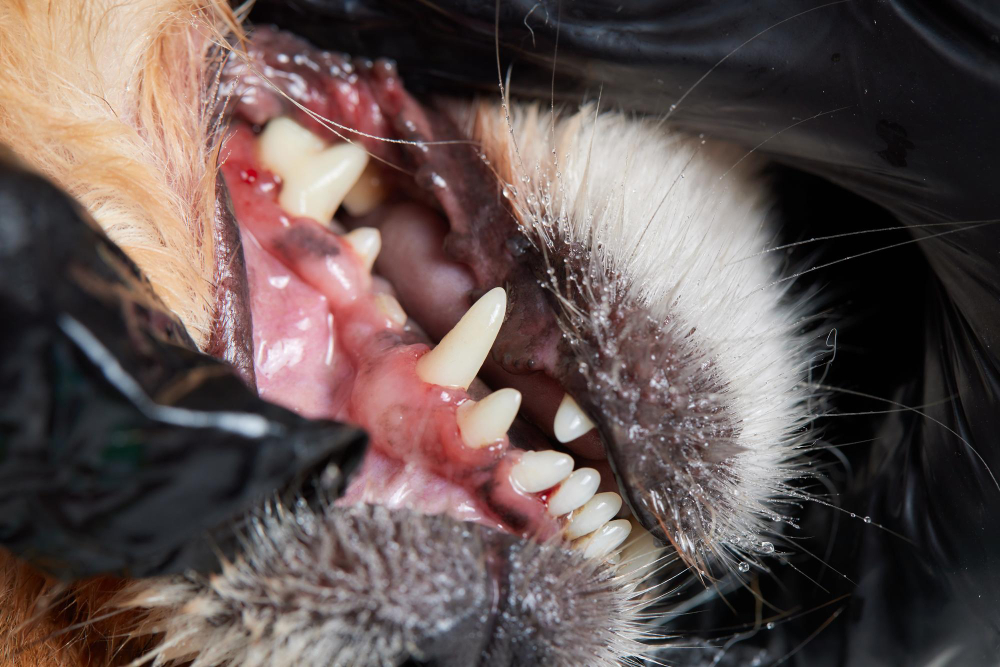
A healthy dog's gums should typically have a powdery pink color, kind of like the color of cooked shrimp. While some dogs naturally have dark or black gums, you can still examine them for any pink areas to check for color changes.
To check, gently lift your dog's upper or lower lip once or twice a month. It's best to do this when your dog is relaxed.
If you notice any changes in gum color, like if they are the color white, gray, blue, or yellow instead of the usual pink, it may point towards an underlying health problem.
Reasons for Pale Gums in Dogs
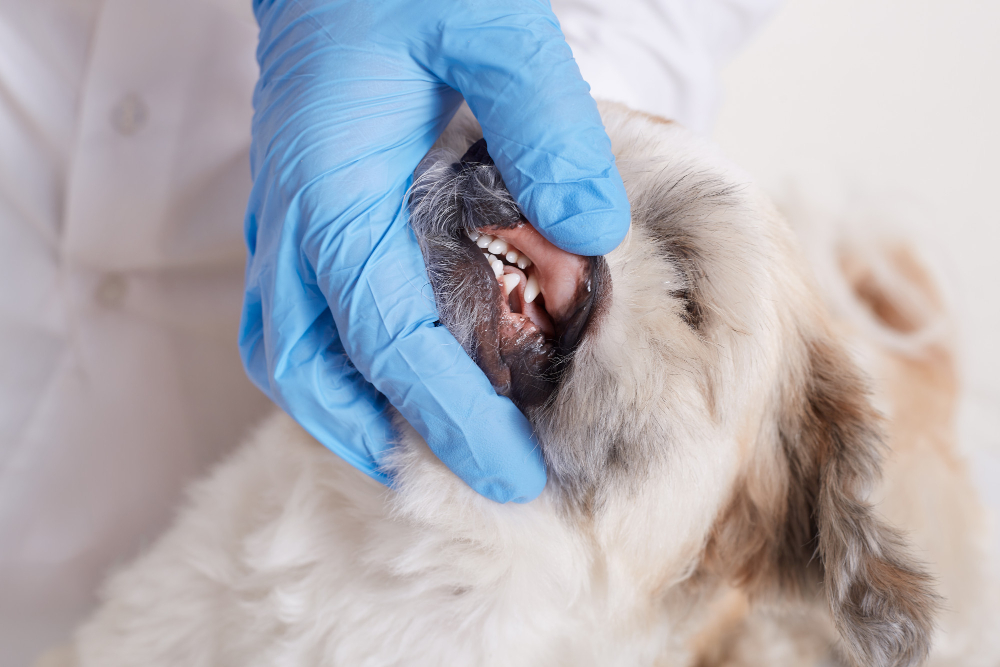
When your dog's gums look pale, it might mean there's less oxygenated blood flowing in their body.
This can be due to different health problems, like anemia, shock, blood clotting issues, internal bleeding, or heart disease. Let's break down these possible reasons for your dog's pale gums:
-
Anemia
Pale gums in dogs are a reason to be worried because they usually point to anemia, a condition where there's a shortage of or problem with red blood cells.
Anemia can cause symptoms like tiredness, lethargy, and trouble with physical activity. In severe situations, it can even be life-threatening.
Weirdly, dogs with long-term anemia might seem fine on the outside because they've adjusted to the slow loss of red blood cells. This is why you should always be on the lookout for pale gums in dogs.
If you spot your dog's gums looking pale pink or white, talking to a vet is crucial. They can give a proper diagnosis followed by the right treatment.
-
Temperature and activity level
Temperature and activity levels can slightly affect your dog's gum color. When they're warm or have been active, their gums may appear a brighter pink. This is because there is increased blood flow in their body's outer regions. Moreover, pale white gums can also be an indication of your dog feeling cold.
-
Parasites
When a dog's gums look pale, it could be a sign of a parasite problem, especially in puppies. Puppies are more likely to have issues with things like worms or fleas.
While some parasites are normal in dogs, it's usually only severe infestations that make their gums turn pale.
-
Shock
Shock can happen when a dog experiences a major injury, like a car accident or a fight with another dog. As a result, your dog may show signs of weakness, breathing really fast, and may even collapse.
In these situations, the dog's body goes into a kind of emergency mode, redirecting blood away from its usual places, which is why the gums change color. This is one of the most serious and quickly life-threatening situations a dog can face.
-
Pain
Dogs can show us they're in pain in various ways, and if your dog is hurting, pale gums may be a sign. But it's essential to know that it might not be the only sign they're giving.
The key is to be familiar with what's usual for your dog and what's not. Be on the lookout for these signals to figure out if they're uncomfortable or distressed in any way due to any reason.
-
Heart disease
Heart problems can start slowly, and you might notice your dog acting older, slowing down, coughing, or not wanting to play like they used to.
When the heart doesn't work right, it can make the gums look pale because it's not pumping enough blood as it should.
-
Dehydration
When dogs are dehydrated, it means they don't have enough fluids in their body. This can lead to weak blood circulation and make them look less healthy.
Dehydration in dogs looks like throwing up, having diarrhea, not eating or drinking, or seeming sick in other various ways.
-
Kidney disease
Severe kidney problems can cause dehydration, which affects how blood moves in the body and triggers inflammation.
The kidneys also have the critical task of sending a message to the bone marrow to produce more red blood cells. If the kidneys aren't working properly, it can lead to anemia and make the gums look pale.
-
Bloating
This is known as gastric dilatation and volvulus, and it occurs when a dog's stomach fills up with food, liquids, and gas and then twists.
This twist blocks the blood flow to and from the stomach. This causes the stomach to be bigger, eventually leading to shock. The swollen stomach also stops blood from reaching different parts of the body.
-
Clotting
Clotting can also cause your dog's gums to turn pale. Some furry friends are born with abnormal clotting factors in the body, such as Von Willebrand disease and Hemophilia A.
Other causes of blood clotting disorders and issues include rat poison ingestion, cancer, and immune-mediated thrombocytopenia. Some of these can be treated easily once diagnosed. But there are some that require long-term or even lifelong therapy.
How To Treat Pale Gums In Dogs?

If you spot your dog's gums looking pale, don't wait around. It's a signal that something might be wrong, and a trip to the vet is in order. Suppose your furry friend seems visibly under the weather, especially with symptoms like vomiting, diarrhea, or bleeding. In that case, that's a red flag, and it's time for emergency vet care. This will help you prevent blood loss.
Once you are at the vet's office, they'll give your dog a thorough checkup and run some blood tests to figure out what's causing the pale gums. Once they narrow down the exact issue, they'll work toward a treatment plan to get those gums back to a healthy pink.
The treatment your dog needs in the case of pale gums can vary. It might be giving your dog some pain medication or involve surgery if necessary.
In some cases, your dog might even need long-term medication, especially if their red blood cells aren't doing their job properly.
The key is acting quickly and getting your dog the veterinary care they need to return to good health.
Final Words!
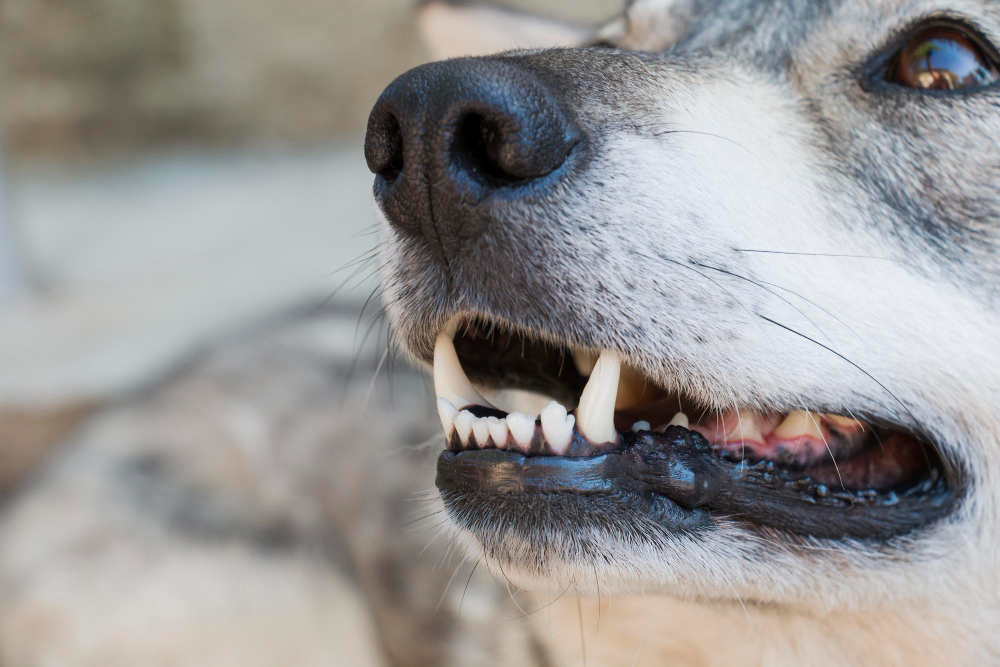
Keeping a dog is like having a child. You need to be on the lookout for everything like you would for a toddler. Pale gums are one of them as they can point towards several severe medical conditions as serious as severe loss of dog's blood, anemia, kidney diseases, heart disease, and something as simple as dehydration.
Remember, your dog's gums should ideally have a healthy pink color, kind of like cooked shrimp. If you see them turning white, gray, blue, or yellow, it's time to act.
Knowing the root cause of pale gums is essential when it comes to treating the condition, so once your vet has narrowed it down, you are one step closer to getting your dog healthy and happy.
Now, you can't fix this at home, but don't worry. Veterinarians are there to help. They'll figure out what's causing the pale gums and make a plan to get your furry friend back to feeling good, but it's you who has to be vigilant and act swiftly when you notice pale gums in your dog. It's crucial to make sure your dog has a long, happy, and healthy life.
Frequently Asked Questions
Are there any natural remedies for pale gums in dogs?
You can't fix pale gums with home remedies because a vet needs to find out exactly the reason why your dog's gums are pale. In this case, giving your dog iron supplements won't help either because dogs rarely get anemia from iron deficiencies, unlike people.
When to seek medical help in the case of pale gums in dogs?
If you notice that your dog's gums always look paler than they should, it's a good idea to schedule a visit with your usual vet to talk about it. However, suppose your dog seems unwell, like they are unusually quiet, is vomiting or bleeding, or has diarrhe. In that case, you should get in touch with an emergency vet right away.
Can I prevent pale gums in my dog through regular dental care?
Good dental hygiene is very important for overall health. Still, it may not directly prevent pale gums, as it can be caused by several underlying health issues. Having gums pale can lead to a lot of trouble, so keep an eye out for it in your dog.









